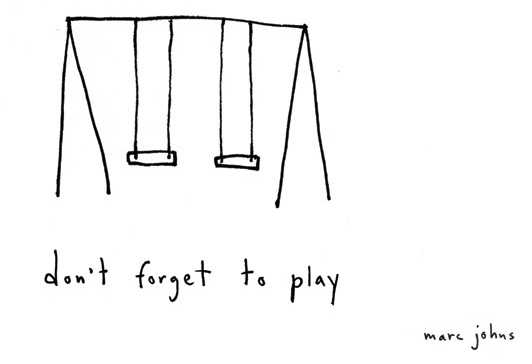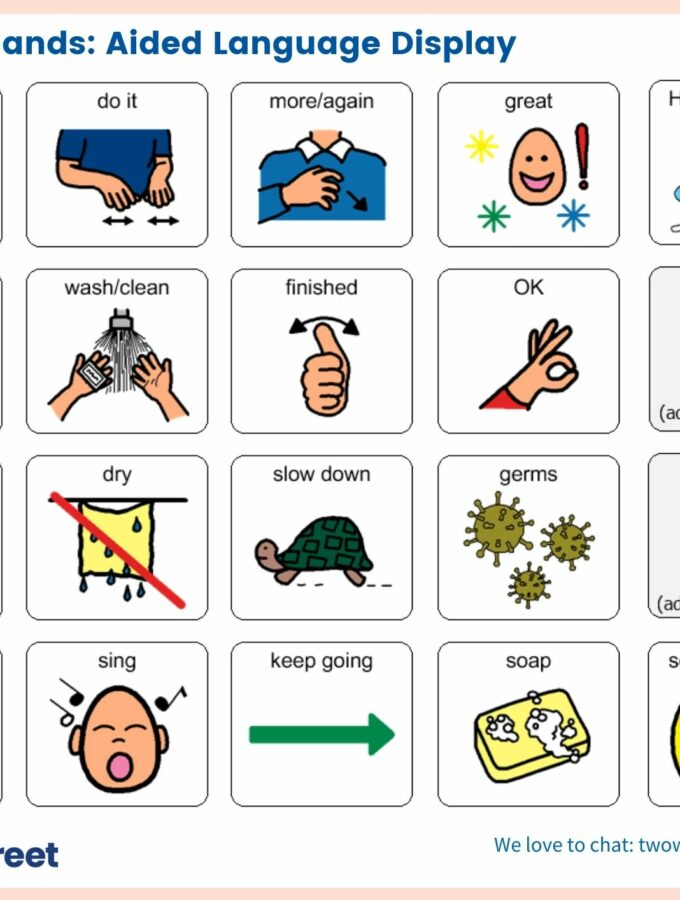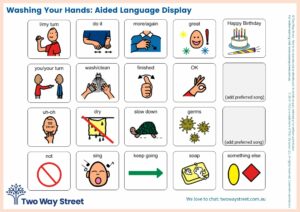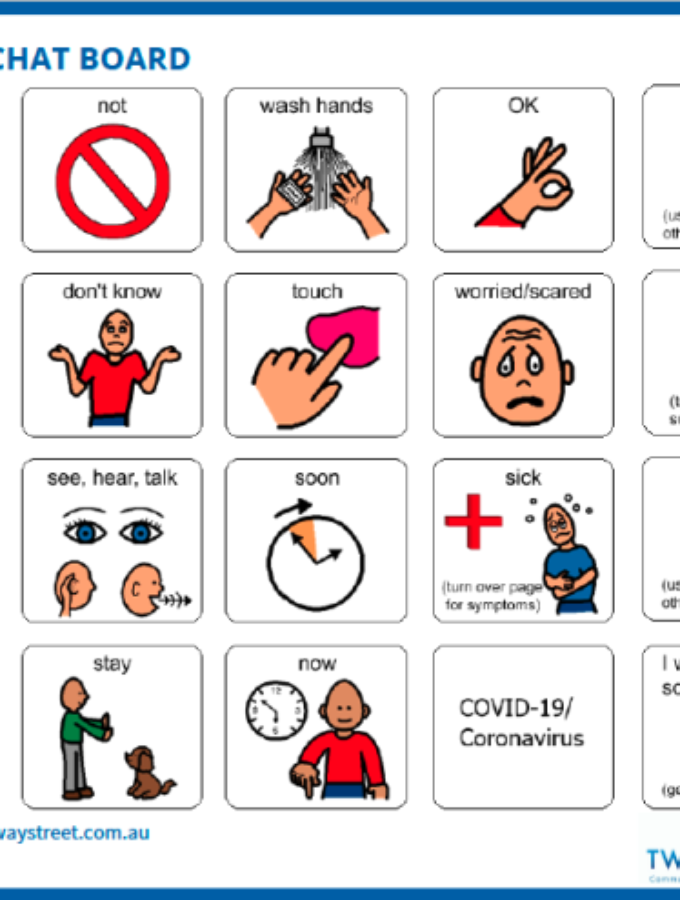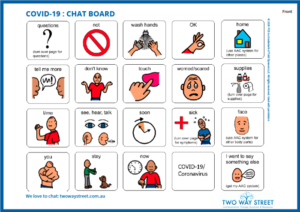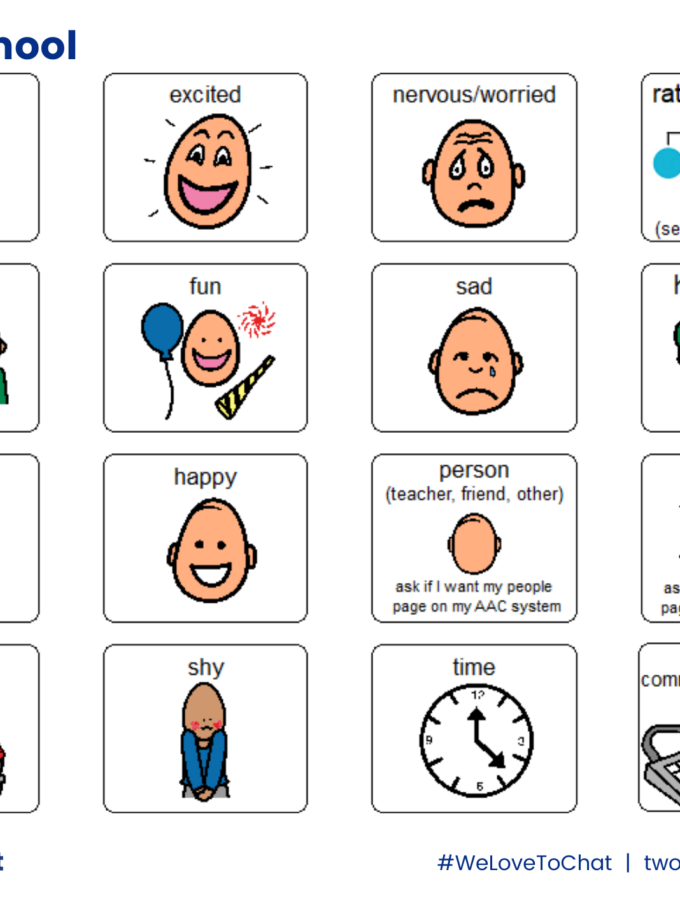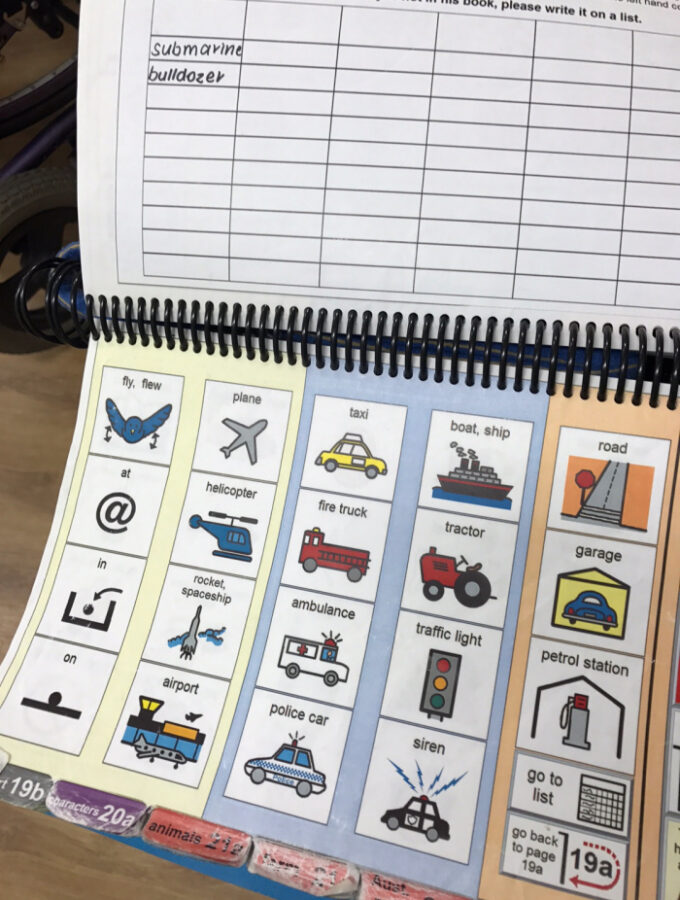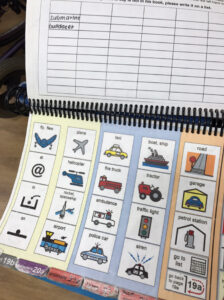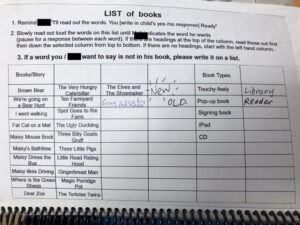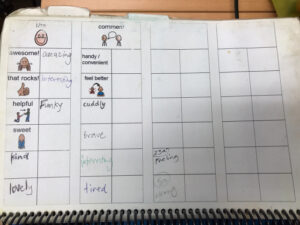Last year (or was it the year before), I posted some ‘conversation placemats’ to encourage conversations about starting back at school. It’s been on my mind again lately as my daughter shows signs of excitement, nervousness, and trepidation about her return to school.
Strong feelings can be related to not knowing (or in some cases knowing and remembering) what to expect. They can also depend on their age, how school ended last year, and pretty much any random contributors at that moment. At our place, we talk a lot about the same things and sometimes different things. The key point is…we talk a lot.
For us parents, school means back to the packing lunch, washing uniforms and signing notes routine, but for kids, the thought processes are not always so predictable or rational. As always when it comes to kids, we really don’t know, even when we think we know. Whether your child is overly excited, overly nervous, or overly disinterested, chances are they are overly something. The best option is to listen and talk with them.
To make this easier if you have kids who use AAC systems, we’ve made some example boards to help you start the conversation, and to give your child some vocabulary for the things they might want to say.
-
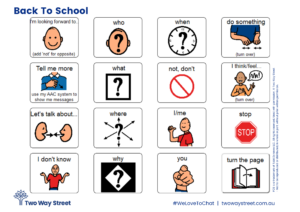
-
Back to School ALD_P1
-
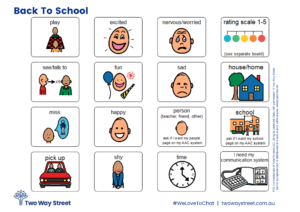
-
Back to School ALD_P2
You can print and use them as they are, or copy the vocabulary to your child’s device. However you choose to do it, be sure to give them the following:
- Opportunities to learn the words they might need to talk about what they are thinking, feeling and doing as they start back at school,
- Opportunities to ask questions or clarify things, and to ask you to ‘tell me more or ‘tell me again’,
- Opportunities to say the same things over and over if they are excited or nervous, or just want to practice. Or to ask you to say the same things over and over if they want to hear things multiple times, and
- Opportunities to tell you things that you don’t already know. Don’t assume you know, let them tell you. Don’t steal their turns, let them share their own news.
Before I wrote this post, I had a look at a few websites talking about the transition back to school. One was a youtube clip where children say how they feel going back to school – watch it to give you some perspective if you need it, I counted the most hits on “nervous”.
Also, this informative Beyond Blue site that gives suggestions on how to talk to your kids about going back to school. From these and a bit of very current life experience, I created the boards below. Feel free to take these ideas and modify them as you need depending on your child and your family.
Get talking to your kids about school:
Use the example boards above in combination with your child’s speech, sign and/or augmentative and alternative communication system. We could make you a special board with a lot more vocabulary, but we think these conversations are a great opportunity to familiarise yourself with your child’s system and add in any extra vocabulary they might need for school. If you find you are missing a lot of words, have a chat to your speech pathologist or AAC support person to problem solve ideas.
You can talk about any or all of the following, and add words that your child might need to talk about things that are important to them.
- What’s going to happen? – you will probably need to talk about this multiple times. Try to use the AAC system as often as possible and give your child time to react or take a turn after each point. Watch their responses if they are not yet able to use a lot of words for themselves.
- The school day routine – include things like time they need to wake up, whether you will be rushed and busy or have plenty of time, what other things you need to do, siblings needs and roles, uniform requirements, lunch preferences, important things to pack, what time you need to get to school, etc. You will know what things are important to your child, or if not, watch them as you talk about things and this will help you to know what they pay the most attention to.
- How will you get to school each day? Talk about things that are likely to happen and the details of your trip to school, or your morning routine (especially for those who don’t like change). You could even try making a video of the trip or routine, or a video of you talking about it. That will give your child an opportunity to watch this over and over again to gain the reassurance they might need.
- Get their clothes ready early and pack the bag – talk about what they need, show them it’s packed so they don’t feel anxious. Don’t forget to talk about how important it is that they take all of their AAC books and devices so they can chat with friends, teachers and ask questions when they learn new things. Also to tell you about their day when they get home.
- Talk about the things they will likely do at school. Do a pretend day at school, or role play using their AAC system to talk about what’s happening or show them how to say some things during playtimes (eg. “my turn”, “I like it”, “‘what’s that”, or when something happens that they are not ready for (eg. “stop”, “I don’t know” – giving them this vocabulary will give them control and power. This is very important for peace of mind.
- Some other things to say are things like:
- I am (feel) proud of you.
- I will miss you.
- You can do it
- I know you.
- Let’s talk when you get home.
- I can’t wait to hear about it.
- I wonder what fun new things you’ll do.
- When you get home, let’s have a big cuddle.
If you are new to your child’s AAC system, this will be a fun challenge to explore it and find the vocabulary you need to say these messages. Remember you don’t have to point to symbols for all of the words, even just the key words is helpful. (eg. “I’m telling you something – it’s going to happen – home – you – me – cuddle” or even just “cuddle” will do).
Let your kids tell you their own thoughts about going back to school
These boards are designed for kids to say the things on their mind. Parents can use them to show them ideas for things to say too.
Remember, these are just ideas. You will get the best ideas about what they want to talk about by giving them time to say what they are thinking, offering ideas if they need them, and watching their response to different ideas and messages during your conversation. Watch and listen – taking the time and giving turns is one of the most important strategies you can use.
Rating scales are great for all sorts of things. It may take a bit of time to learn to use one but once your child understands how they work, you’ll find it useful for many different things.
Rating scale
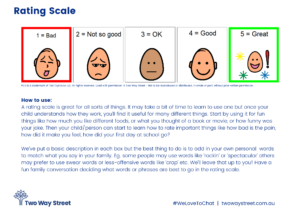
Rating Scale ALD
Click here to download the back to school chat boards and rating scale
Start by using it for fun things like how much you like different foods, or what you thought of a book or movie, or how funny was your joke.
Then your child/person can start to learn how to rate important things like how bad is the pain, how did it make you feel, how did your first day at school go?
We’ve put a basic description in each box but the best thing to do is to add in your own personal words to match what you say in your family eg. some people may use words like ‘rockin’ or ‘spectacular’ others may prefer to use swear words or less-offensive stuff like ‘crap’ etc. We’ll leave that up to you. Have a fun family conversation deciding what words or phrases are best to go in the rating scale.
Enjoy the start of school and the conversations you’ll have. Good or bad, happy or sad, it’s the conversations that give us the best connections. Happy chatting…

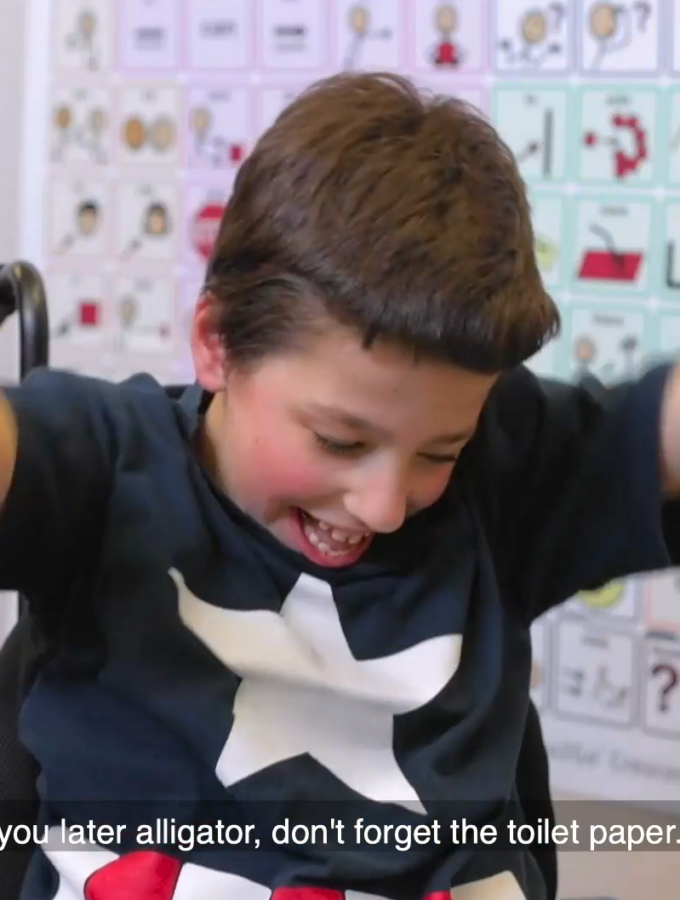
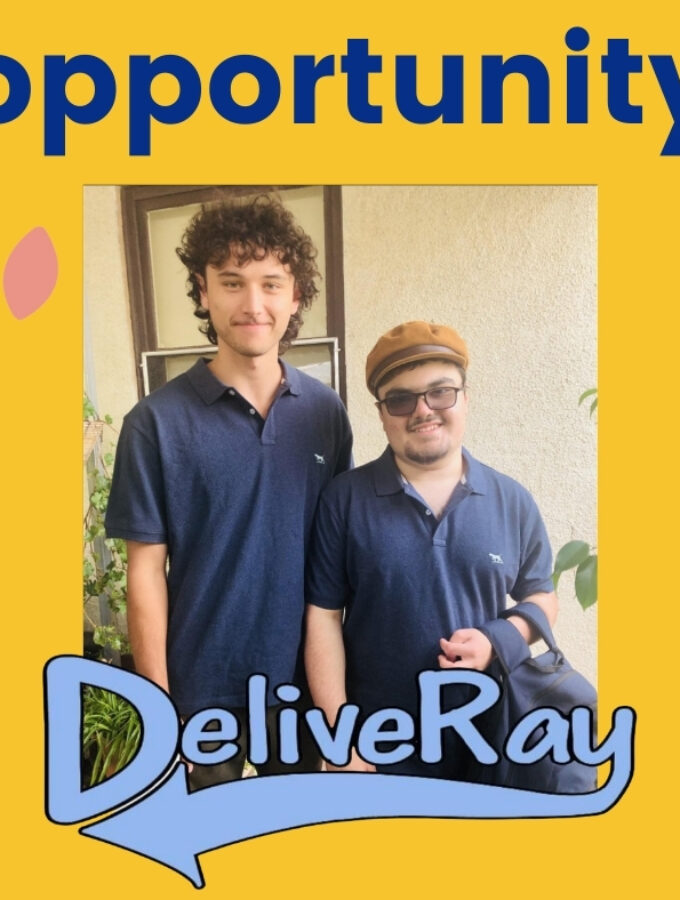

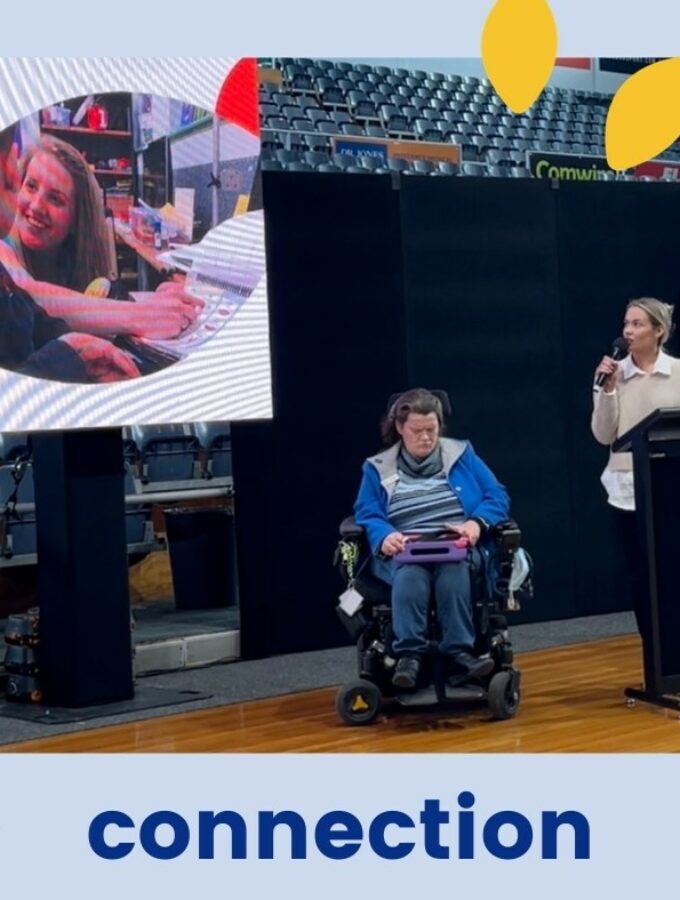


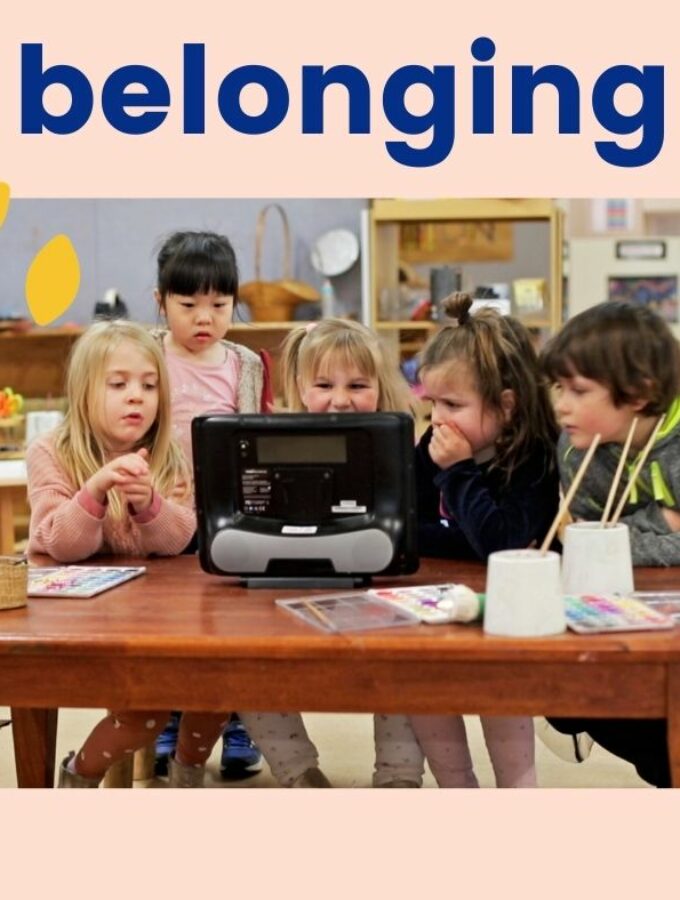








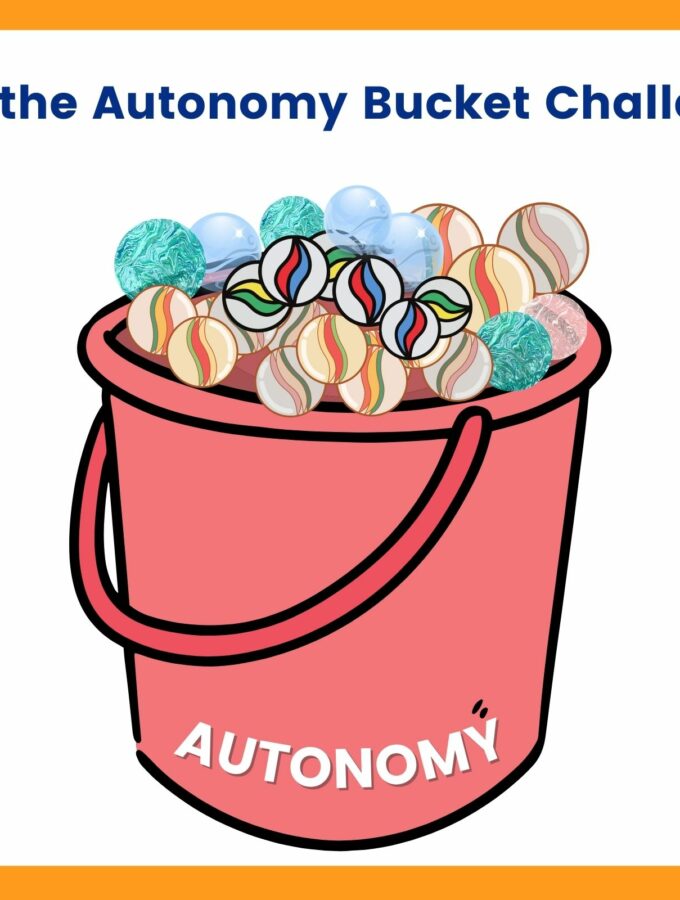
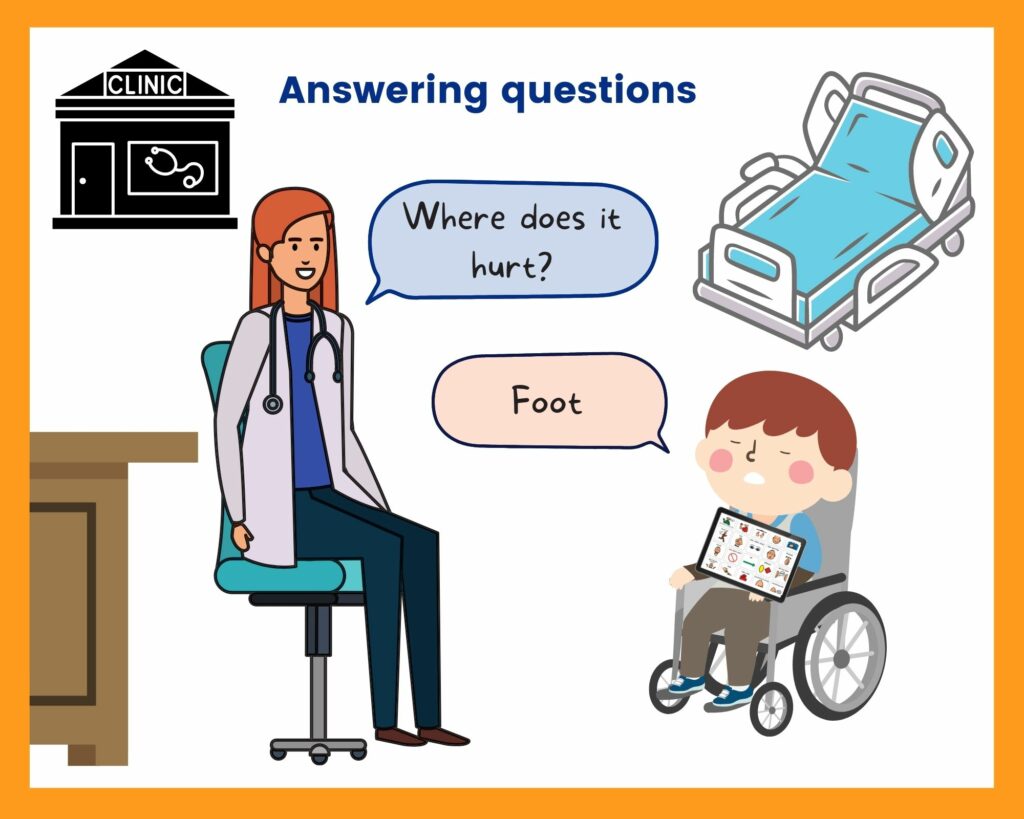
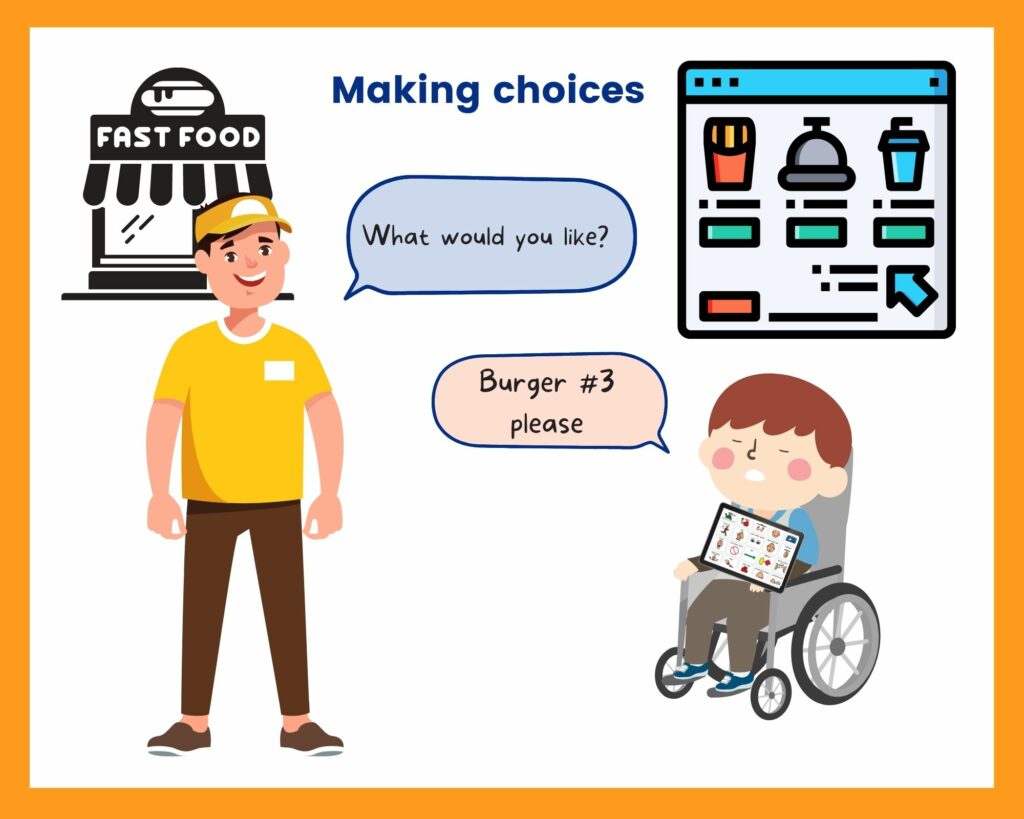
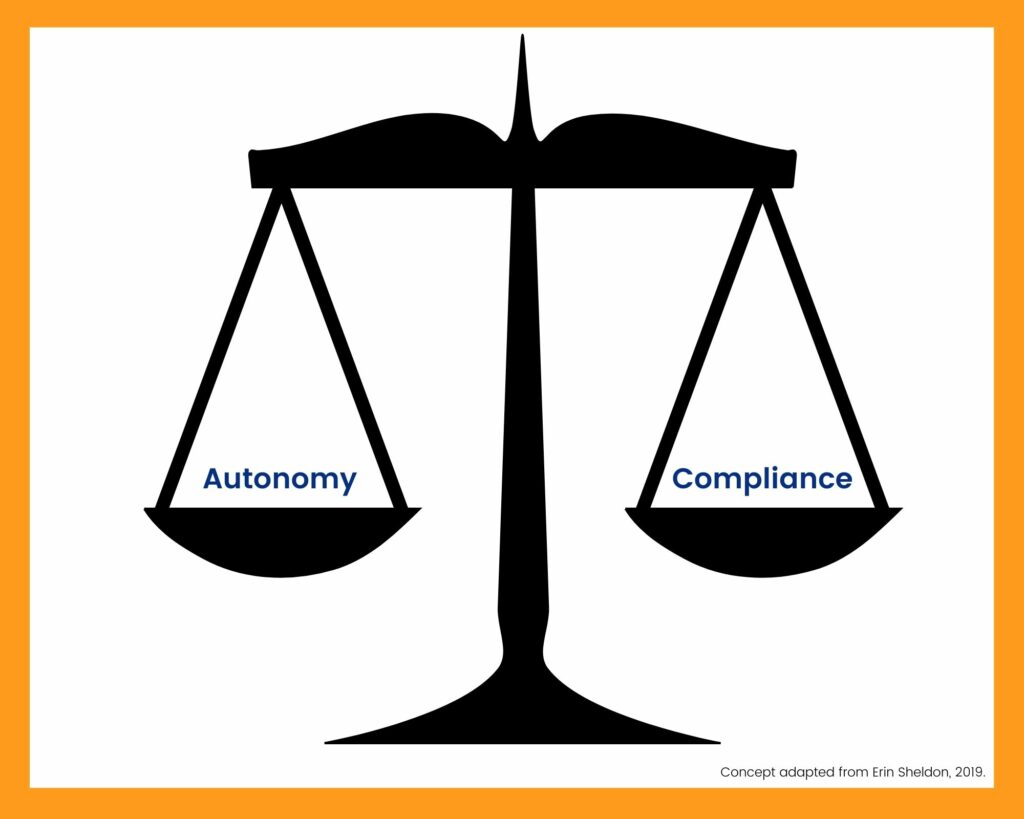

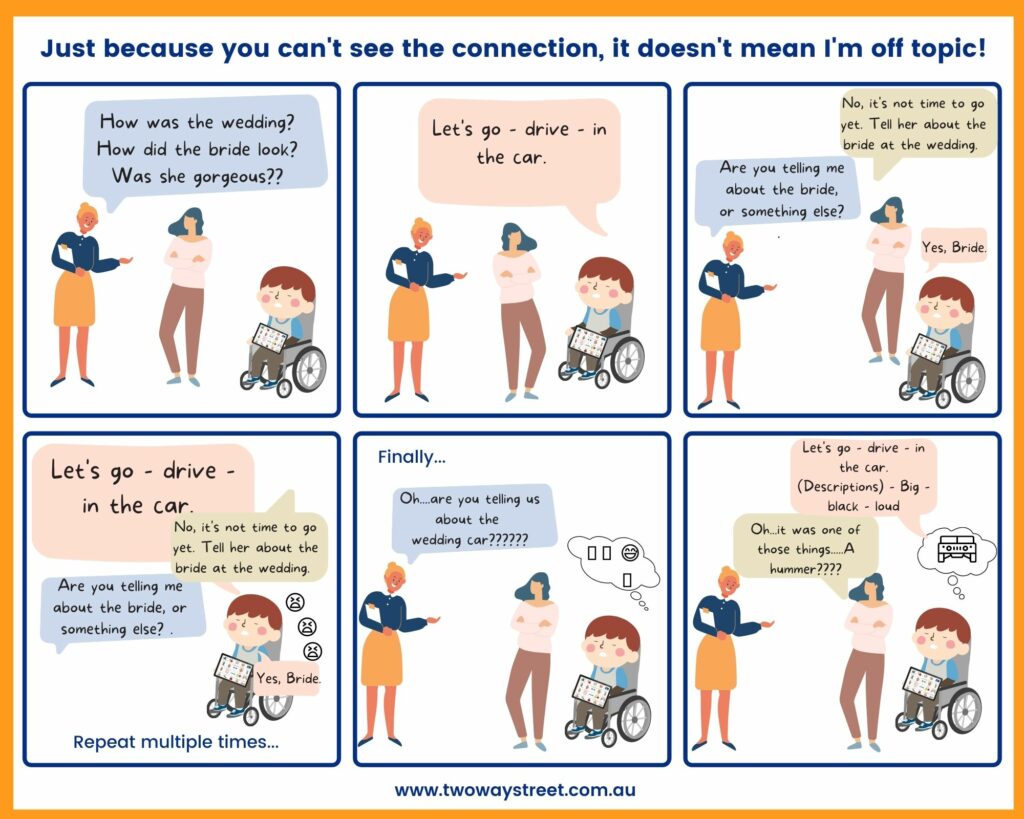
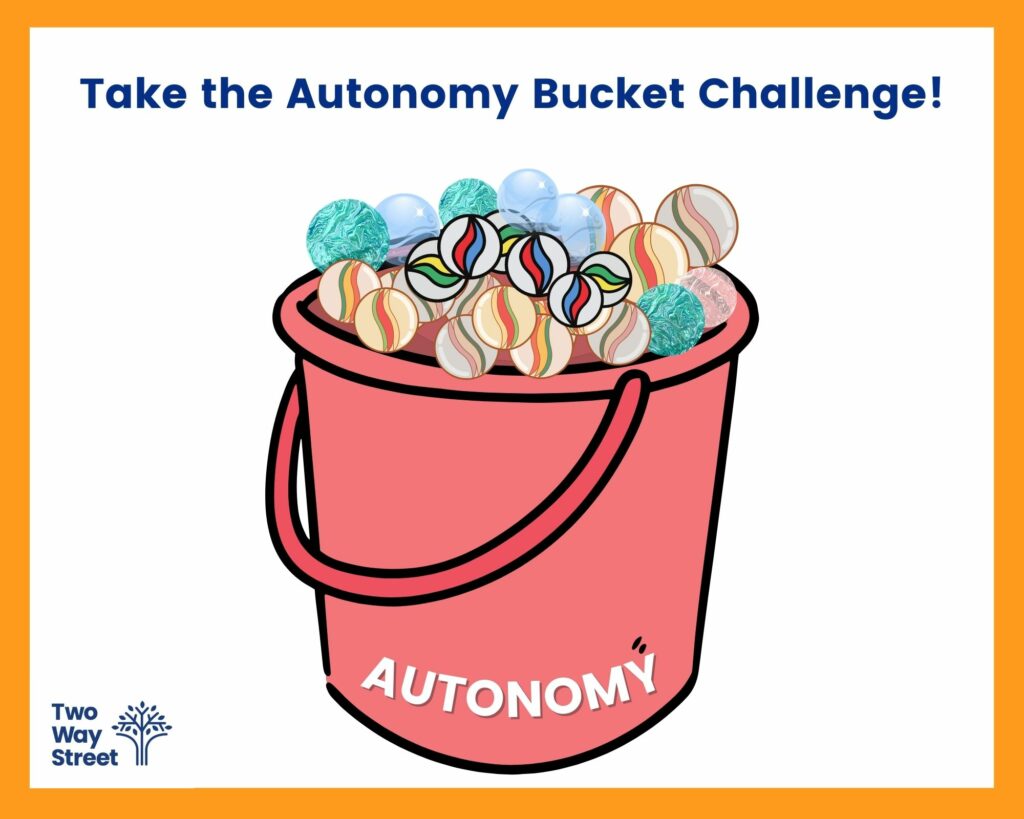
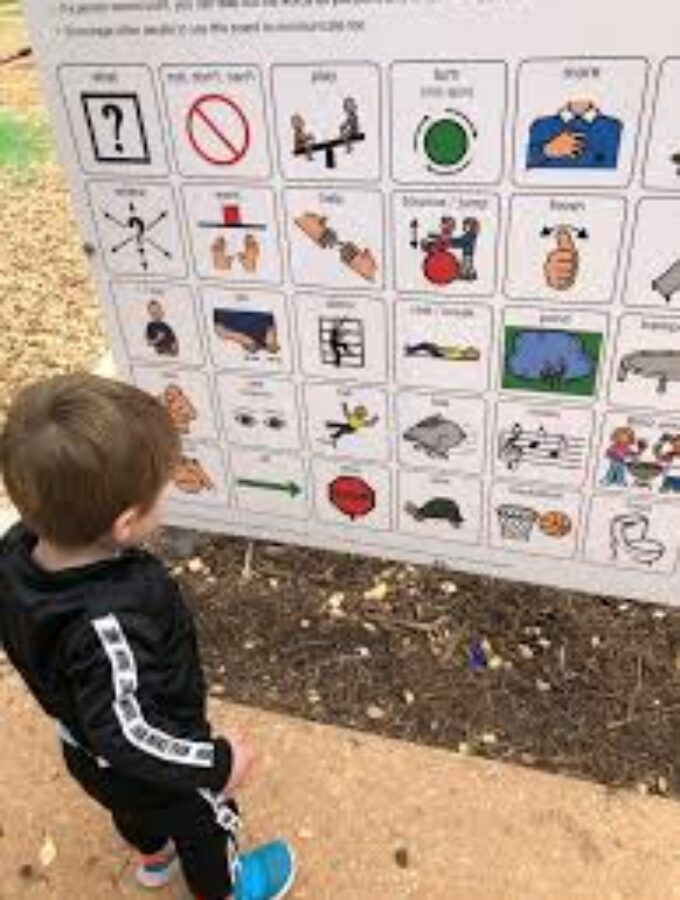
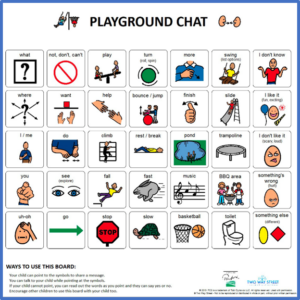 Don’t forget though that Communication is a
Don’t forget though that Communication is a 